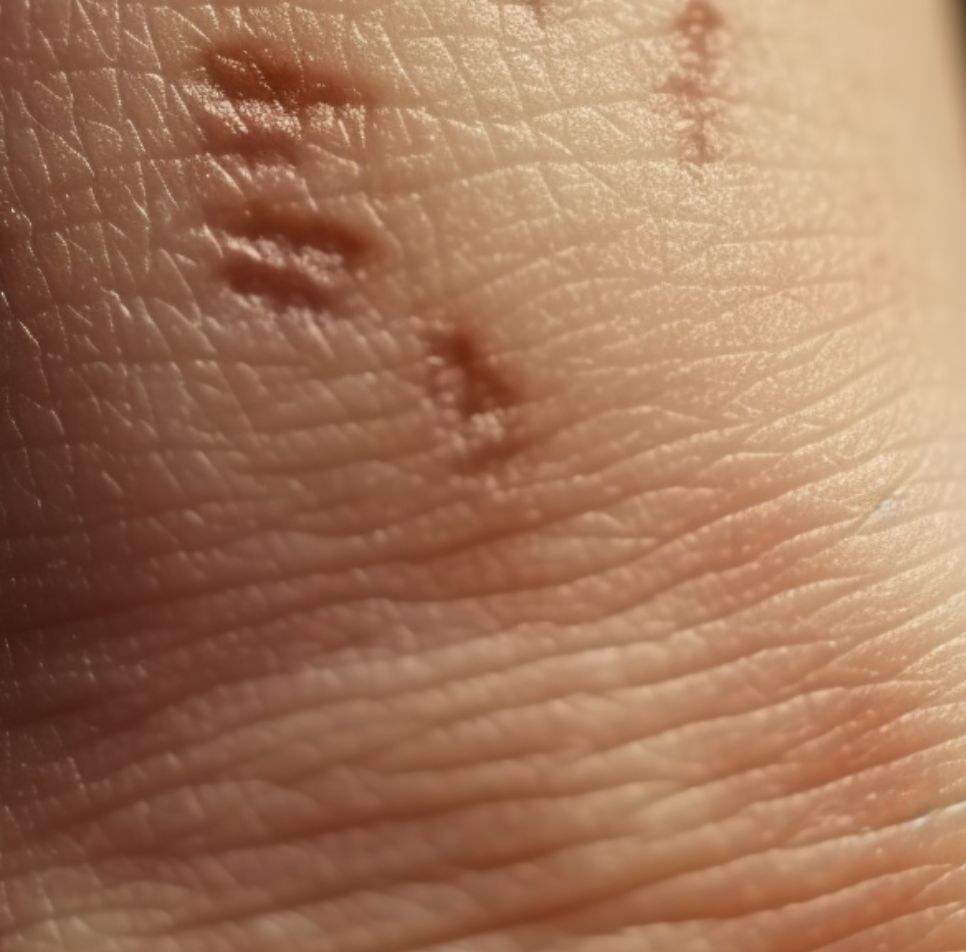
The smallpox vaccine was administered through a process called “arm-to-arm” vaccination. This involved taking material from a pustule or sore on a recently vaccinated person’s arm and transferring it to the arm of the person to be vaccinated. The material would be scratched into the skin, creating a small wound. This method allowed for a controlled exposure to the cowpox virus, which would stimulate the recipient’s immune system to produce protective antibodies.
The Meaning of the Scar
The small, circular scar on the upper left arm is the lasting result of this vaccination process. It typically measures about the size of a pencil eraser and can range in appearance from a slightly raised bump to a depression in the skin. The scar serves as a physical reminder of the individual’s immunity to smallpox.
Why the Scar Was Administered
The smallpox vaccine scar was administered for a crucial reason: to protect individuals from the deadly smallpox virus. By introducing a less harmful virus (cowpox) into the body, the immune system could develop the necessary defenses to fend off smallpox if exposed to it in the future. This practice was instrumental in reducing the impact of smallpox outbreaks in the United States and around the world.
The End of Routine Smallpox Vaccination
Thanks to widespread vaccination efforts, smallpox was officially declared eradicated in 1980 by the World Health Organization (WHO). The United States discontinued routine smallpox vaccination in the early 1970s, as the disease was no longer a significant threat. This decision marked a major milestone in the fight against smallpox, and it is why younger generations in the U.S. may not have this distinctive scar.
